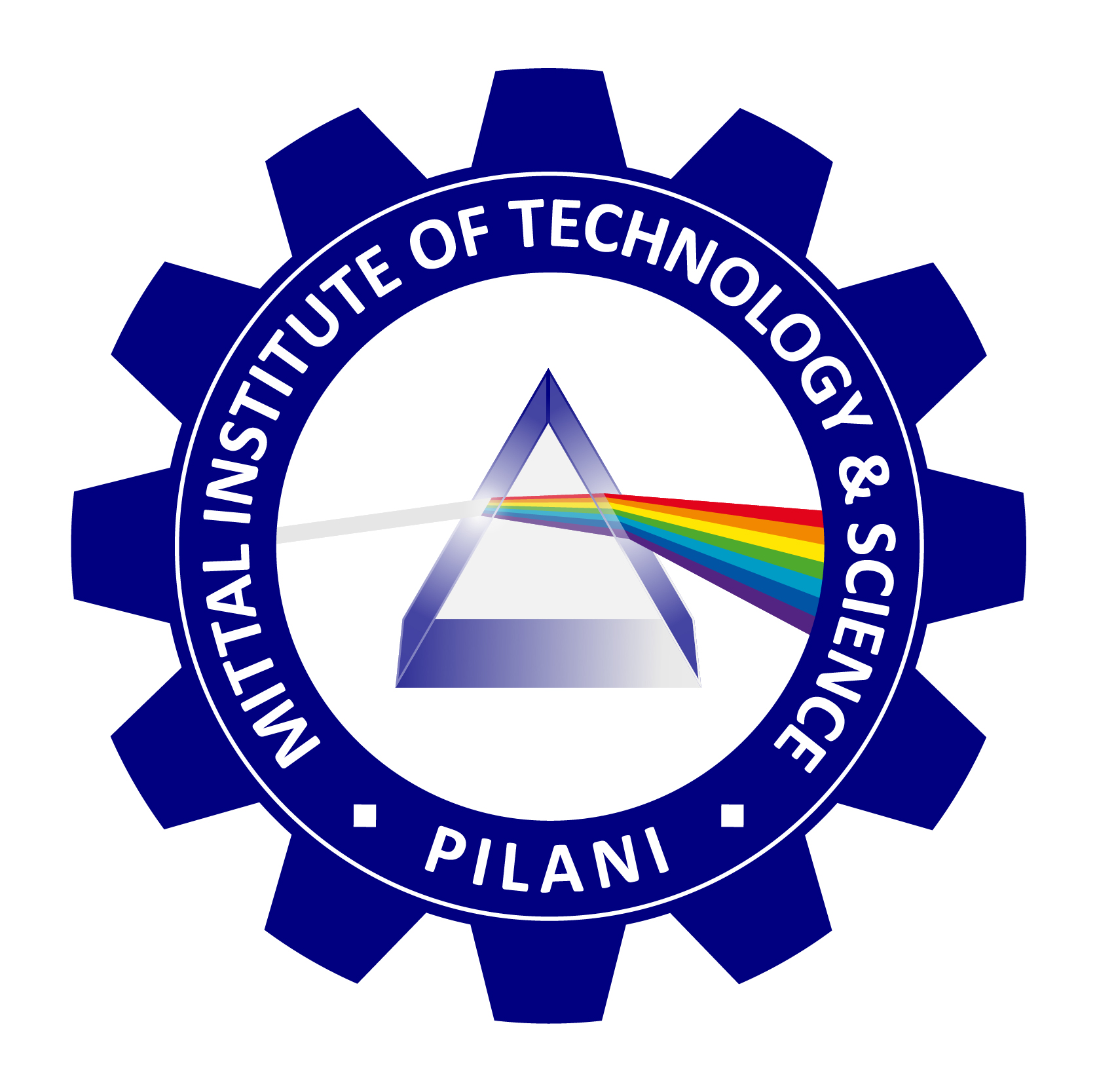Software Development
Software development is a dynamic and essential discipline that forms the backbone of our digital world. It encompasses the process of designing, creating, deploying, and maintaining software applications to meet various needs. The practice of software development is vast, extending across multiple domains like web and mobile applications, enterprise systems, cloud computing, artificial intelligence, and embedded systems. Over the past few decades, software development has transformed industries, improved efficiency, and enriched human lives in countless ways.
The Software Development Lifecycle (SDLC)
One of the core concepts in software development is the Software Development Lifecycle (SDLC), which provides a structured approach to building and maintaining software systems. The SDLC consists of various stages:
- Requirement Analysis: In this phase, developers gather and document the functional and non-functional requirements of the software by collaborating with stakeholders and end users. This step is crucial for ensuring the software meets the intended goals.
- Design: After understanding the requirements, developers move on to designing the architecture of the system. This phase involves creating high-level and detailed design specifications, covering everything from user interfaces to data models and security protocols.
- Implementation: This is the phase where the actual coding takes place. Using programming languages and development frameworks, software engineers write code to implement the features and functionalities defined in the design phase.
- Testing: Once the code is written, it undergoes thorough testing to identify and fix bugs or performance issues. This ensures the software is reliable, secure, and works as expected.
- Deployment: After successful testing, the software is deployed to production environments, where it is made available to end users.
- Maintenance: Software requires continuous updates and improvements after deployment. This phase involves fixing bugs, optimizing performance, and adding new features in response to changing requirements or user feedback.
Methodologies in Software Development
The methodology used in software development plays a significant role in how projects are executed and managed. The two most common methodologies are Waterfall and Agile.
- Waterfall: This traditional methodology follows a sequential approach, where each phase of the SDLC is completed before the next one begins. It is suitable for projects with well-defined requirements that are unlikely to change during development.
- Agile: Agile development is an iterative and flexible approach. It breaks down projects into smaller, manageable iterations called sprints, allowing for continuous feedback, collaboration, and adaptation. Agile has gained widespread popularity due to its ability to accommodate changing requirements and deliver incremental value throughout the development process.
Other methodologies, such as DevOps, combine development and operations teams to foster collaboration, automation, and faster delivery of software.
Key Principles of Effective Software Development
Several key principles drive the success of software development projects:
- Modularity and Reusability: By breaking down software into smaller modules or components, developers can write clean, reusable code. This approach reduces redundancy, simplifies maintenance, and allows for easier integration of new features.
- Scalability and Performance: Software must be designed to handle an increasing number of users and growing data volumes without compromising performance. Techniques like load balancing, caching, and distributed computing are employed to ensure scalability.
- Security: With the growing concern over cybersecurity threats, security is a top priority in software development. Security measures, such as encryption, authentication, and regular vulnerability assessments, are integral to protecting software from breaches and attacks.
- User-Centered Design: A successful software product meets the needs of its users. By focusing on usability and user experience (UX), developers can create intuitive interfaces that improve the satisfaction and productivity of end users.
- Testing and Quality Assurance: Testing is not just a one-time process but a continuous effort to ensure the software functions as intended. Unit tests, integration tests, and automated testing frameworks help catch errors early and ensure long-term reliability.
The Evolution of Software Development
Over the years, software development has evolved significantly. From the early days of punch cards and assembly language to the sophisticated development environments of today, the industry has seen tremendous advancements. One notable trend is the rise of cloud computing, which has transformed how software is developed, deployed, and consumed. Cloud platforms like AWS, Microsoft Azure, and Google Cloud offer developers the flexibility to scale applications, manage infrastructure, and leverage services like AI, machine learning, and big data analytics.
Additionally, open-source software has revolutionized the way developers collaborate and innovate. Platforms like GitHub provide a space where developers from all over the world contribute to and improve existing software, fostering a culture of shared knowledge and rapid innovation.
Artificial Intelligence (AI) and machine learning (ML) are also making their mark on software development. With AI-powered tools, developers can automate repetitive tasks, generate code, and improve testing, resulting in more efficient and intelligent software solutions.
Challenges in Software Development
Despite its remarkable progress, software development is not without challenges. Projects often face issues such as unclear requirements, scope creep, technical debt, and communication barriers within teams. Additionally, the rapid pace of technological change requires developers to constantly update their skills and stay informed about emerging trends and tools.
Managing these challenges requires a well-balanced combination of technical expertise, effective project management, and collaboration. The adoption of DevOps practices, continuous integration and delivery (CI/CD), and the use of advanced development tools have helped mitigate some of these challenges by streamlining workflows and improving collaboration.
Software development is a constantly evolving field that is instrumental in shaping the modern world. From everyday mobile applications to complex enterprise systems, software touches every aspect of our lives. As the industry continues to innovate, developers must adapt to new tools, techniques, and challenges while adhering to timeless principles of modularity, scalability, and user-centric design. Ultimately, the goal of software development is to create solutions that enhance productivity, improve user experiences, and address the diverse needs of individuals and businesses alike.
